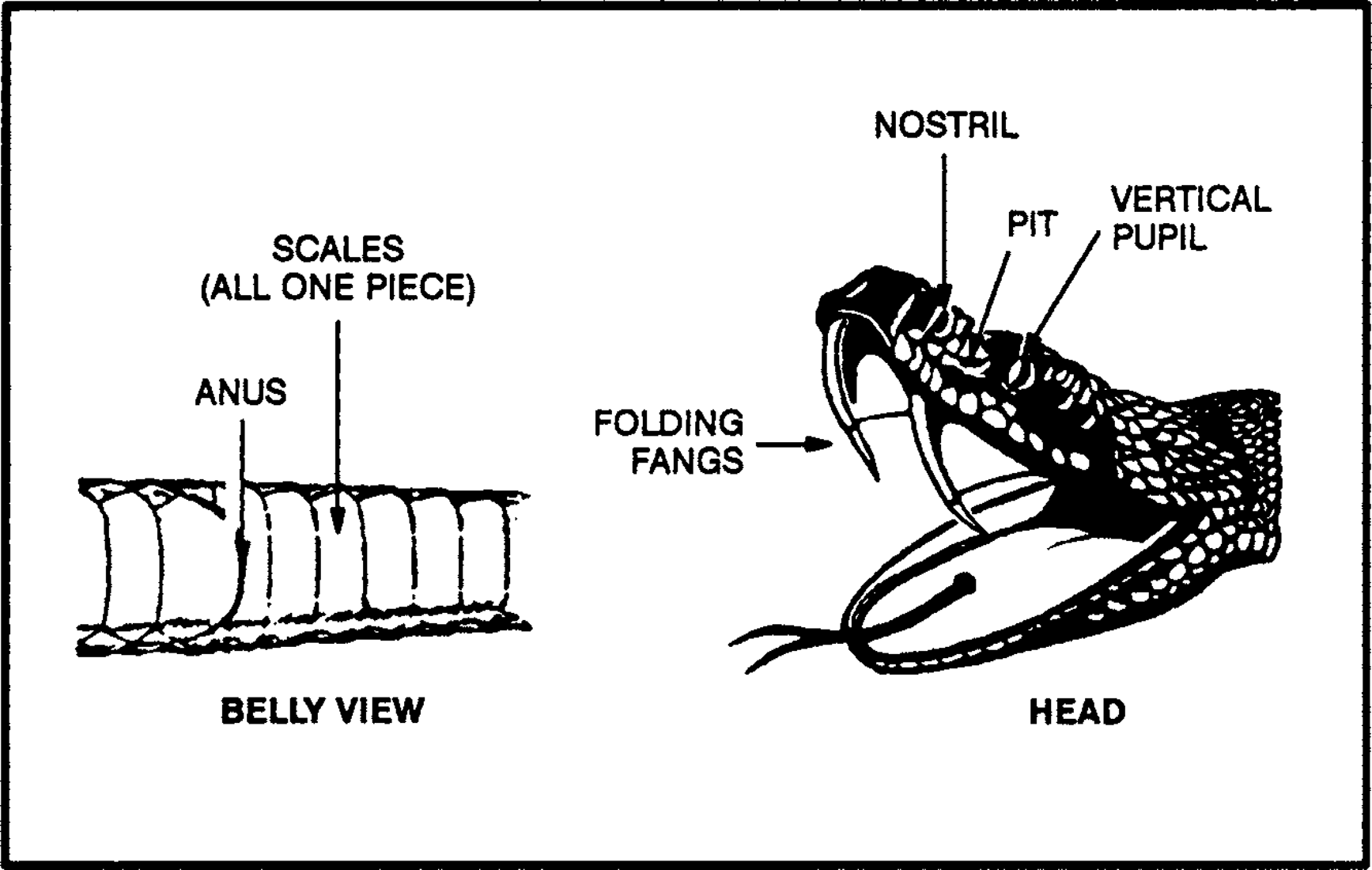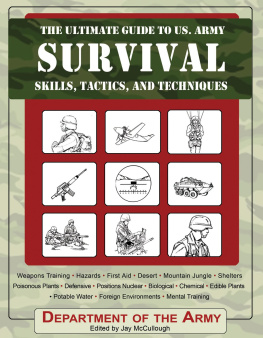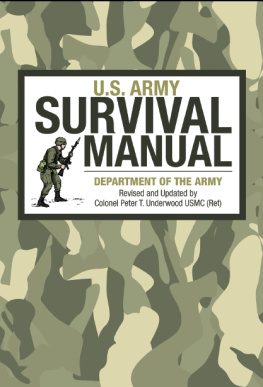
THE ILLUSTRATED GUIDE TO VENOMOUS SNAKES

An imprint of The Rowman & Littlefield Publishing Group, Inc.
4501 Forbes Blvd., Ste. 200
Lanham, MD 20706
www.rowman.com
Distributed by NATIONAL BOOK NETWORK
Copyright 2003 and 2021 The Rowman & Littlefield Publishing Group, Inc.
All rights reserved. No part of this book may be reproduced in any form or by any electronic or mechanical means, including information storage and retrieval systems, without written permission from the publisher, except by a reviewer who may quote passages in a review.
British Library Cataloguing in Publication Information available
Library of Congress Cataloging-in-Publication Data available
ISBN 978-1-4930-4218-0 (paper : alk. paper)
ISBN 978-1-4930-4219-7 (electronic)
 The paper used in this publication meets the minimum requirements of American National Standard for Information SciencesPermanence of Paper for Printed Library Materials, ANSI/NISO Z39.48-1992.
The paper used in this publication meets the minimum requirements of American National Standard for Information SciencesPermanence of Paper for Printed Library Materials, ANSI/NISO Z39.48-1992.
CONTENTS
Guide
If you fear snakes, it is probably because you are unfamiliar with them or you have the wrong information about them. There is no need for you to fear snakes if you know
Their habits.
How to identify the dangerous kinds.
Precautions to take to prevent snakebite.
What actions to take in case of snakebite.
For a man wearing shoes and trousers and living in a camp, the danger of being bitten by a venomous snake is small compared to the hazards of malaria, cholera, dysentery, or other diseases.
Nearly all snakes avoid man if possible. Reportedly, however, a fewthe king cobra of Southeast Asia, the bushmaster and tropical rattlesnake of South America, and the mamba of Africasometimes aggressively attack man, but even these snakes do so only occasionally. Most snakes get out of the way and are seldom seen.
Snakes are widely distributed. They are found in all tropical, subtropical, and most temperate regions. Some species of snakes have specialized glands that contain a toxic venom and long hollow fangs to inject their venom.
Although venomous snakes use their venom to secure food, they also use it for self-defense. Human accidents occur when you dont see or hear the snake, when you step on them, or when you walk too close to them.
Follow these simple rules to reduce the chance of accidental snakebite:
Dont sleep next to brush, tall grass, large boulders, or trees. They provide hiding places for snakes. Place your sleeping bag in a clearing. Use mosquito netting tucked well under the bag. This netting should provide a good barrier.
Dont put your hands into dark places, such as rock crevices, heavy brush, or hollow logs, without first investigating.
Dont step over a fallen tree. Step on the log and look to see if there is a snake resting on the other side.
Dont walk through heavy brush or tall grass without looking down. Look where you are walking.
Dont pick up any snake unless you are absolutely positive it is not venomous.
Dont pick up freshly killed snakes without first severing the head. The nervous system may still be active and a dead snake can deliver a bite.
Snakes dangerous to man usually fall into two groups: proteroglypha and solenoglypha. Their fangs and their venom best describe these two groups ().
Examine the pictures and read the descriptions of snakes in this book.

Figure 1. Snake group characteristics.
The proteroglypha have, in front of the upper jaw and preceding the ordinary teeth, permanently erect fangs. These fangs are called fixed fangs.
The solenoglypha have erectile fangs; that is, fangs they can raise to an erect position. These fangs are called folded fangs.
The fixed-fang snakes (proteroglypha) usually have neurotoxic venoms. These venoms affect the nervous system, making the victim unable to breathe.
The folded-fang snakes (solenoglypha) usually have hemotoxic venoms. These venoms affect the circulatory system, destroying blood cells, damaging skin tissues, and causing internal hemorrhaging.
Remember, however, that most venomous snakes have both neurotoxic and hemotoxic venom. Usually one type of venom in the snake is dominant and the other is weak.
No single characteristic distinguishes a venomous snake from a harmless one except the presence of venom fangs and glands. Only in dead specimens can you determine the presence of these fangs and glands without danger.
There are many different venomous snakes throughout the world. It is unlikely you will see many except in a zoo. This manual describes only a few venomous snakes. You should, however, be able to spot a venomous snake if you
Learn about the two groups of snakes and the families in which they fall ().

Figure 2. Clinical effects of snake bites.
The viperidae or true vipers usually have thick bodies and heads that are much wider than their necks (). However, there are many different sizes, markings, and colorations.
This snake group has developed a highly sophisticated means for delivering venom. They have long, hollow fangs that perform like hypodermic needles. They deliver their venom deep into the wound.

Figure 3. Positive identification of vipers.
The fangs of this group of snakes are movable. These snakes fold their fangs into the roof of their mouths. When they strike, their fangs come forward, stabbing the victim. The snake controls the movement of its fangs; fang movement is not automatic. The venom is usually hemotoxic. There are, however, several species that have large quantities of neurotoxic elements, thus making them even more dangerous. The vipers are responsible for many human fatalities around the world.
The crotalids, or pit vipers (), may be either slender or thick-bodied. Their heads are usually much wider than their necks. These snakes take their name from the deep pit located between the eye and the nostril. They are commonly brown with dark blotches, though some kinds are green.
Rattlesnakes, copperheads, cottonmouths, and several species of dangerous snakes from Central and South America, Asia, China, and India fall into the pit viper group. The pit is a highly sensitive organ capable of picking up the slightest temperature variance. Most pit vipers are nocturnal. They hunt for food at night with the aid of these specialized pits that let them locate prey in total darkness. Rattlesnakes are the only pit vipers that possess a rattle at the tip of the tail.
 Next page
Next page












 The paper used in this publication meets the minimum requirements of American National Standard for Information SciencesPermanence of Paper for Printed Library Materials, ANSI/NISO Z39.48-1992.
The paper used in this publication meets the minimum requirements of American National Standard for Information SciencesPermanence of Paper for Printed Library Materials, ANSI/NISO Z39.48-1992.


